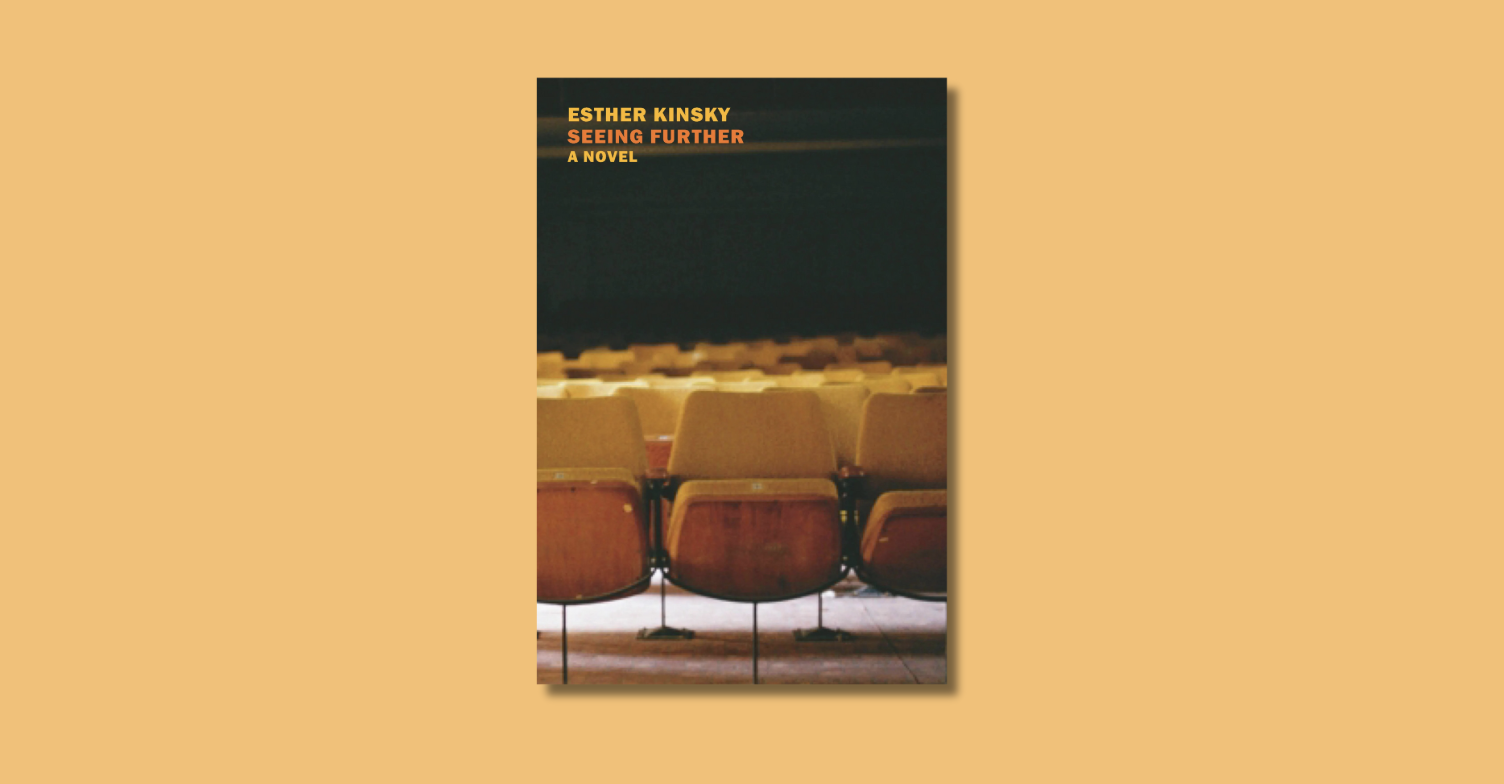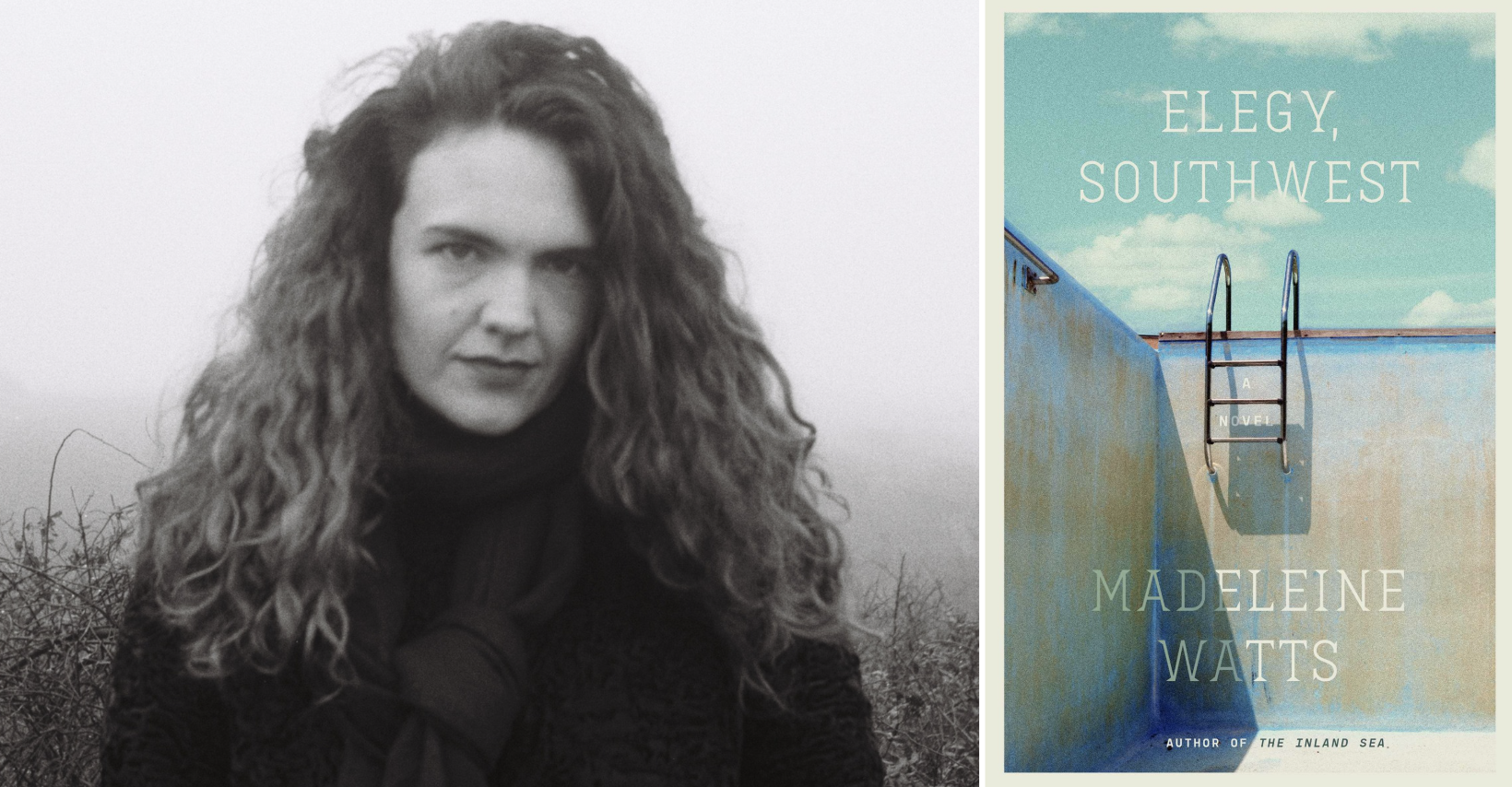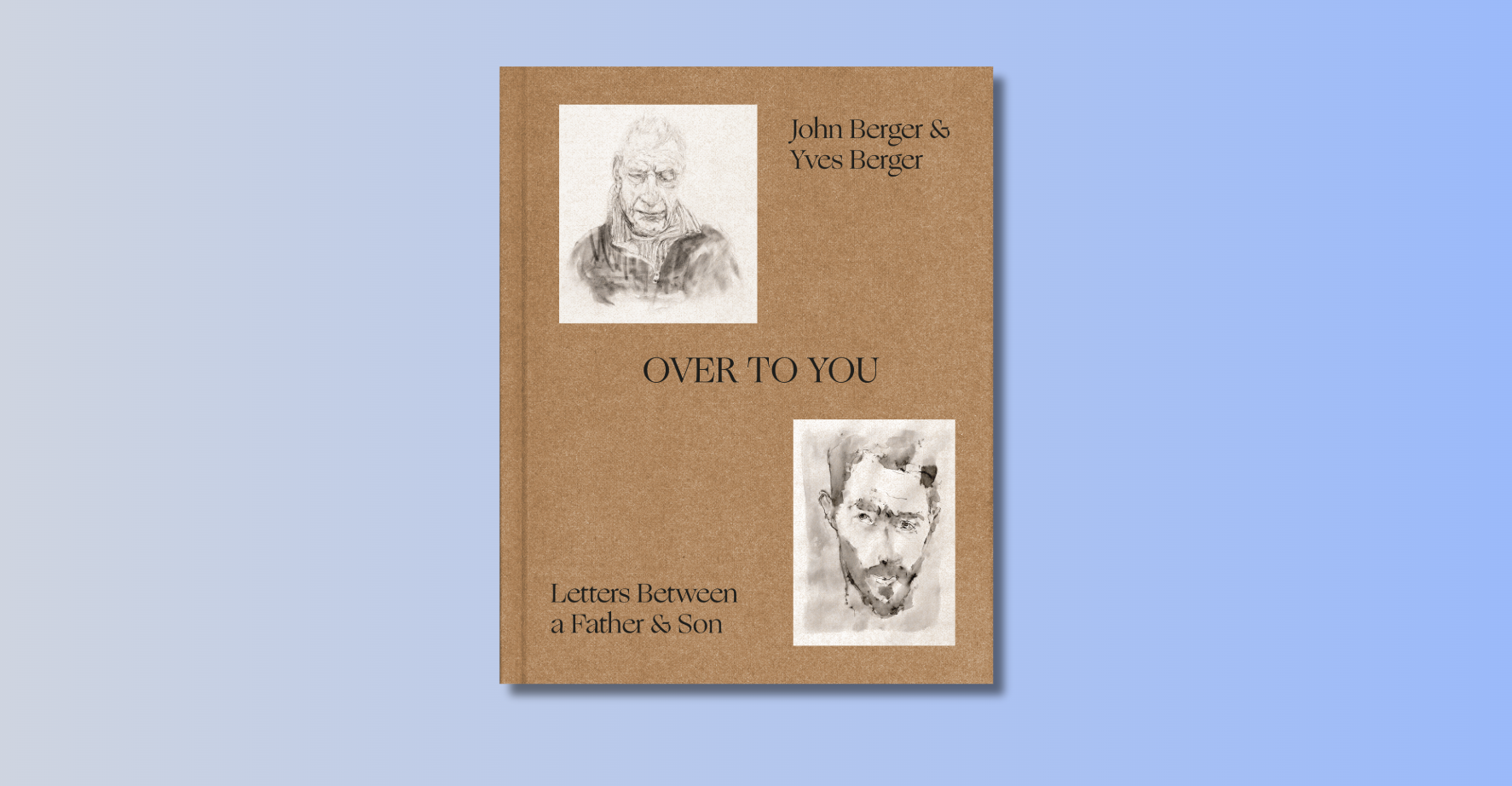

 I was going to say that the books I found most striking in 2009 were nonfiction, but as I think about it, that’s not completely true. Yes, I would say that the “best” books I read this year (whatever that means) fall into this category: William Vollmann’s Imperial and Dave Cullen’s Columbine, both of which used a combination of reporting, reflection and narrative to undercut pervasive myths about their subjects and get at the more complicated stories underneath. But equally compelling were a trio of small books — B.H. Fairchild’s poetry collection Usher, Lydia Millet’s short story collection Love in Infant Monkeys, and Ted Kooser’s brief memoir Lights on a Ground of Darkness — that each in its own way reordered my inner world. What connects all of these books, including “Imperial” and “Columbine,” is the depth of their observation, their tendency to nuance and detail, the way they have of slowing down the moment so that we can see it fresh.
I was going to say that the books I found most striking in 2009 were nonfiction, but as I think about it, that’s not completely true. Yes, I would say that the “best” books I read this year (whatever that means) fall into this category: William Vollmann’s Imperial and Dave Cullen’s Columbine, both of which used a combination of reporting, reflection and narrative to undercut pervasive myths about their subjects and get at the more complicated stories underneath. But equally compelling were a trio of small books — B.H. Fairchild’s poetry collection Usher, Lydia Millet’s short story collection Love in Infant Monkeys, and Ted Kooser’s brief memoir Lights on a Ground of Darkness — that each in its own way reordered my inner world. What connects all of these books, including “Imperial” and “Columbine,” is the depth of their observation, their tendency to nuance and detail, the way they have of slowing down the moment so that we can see it fresh.








